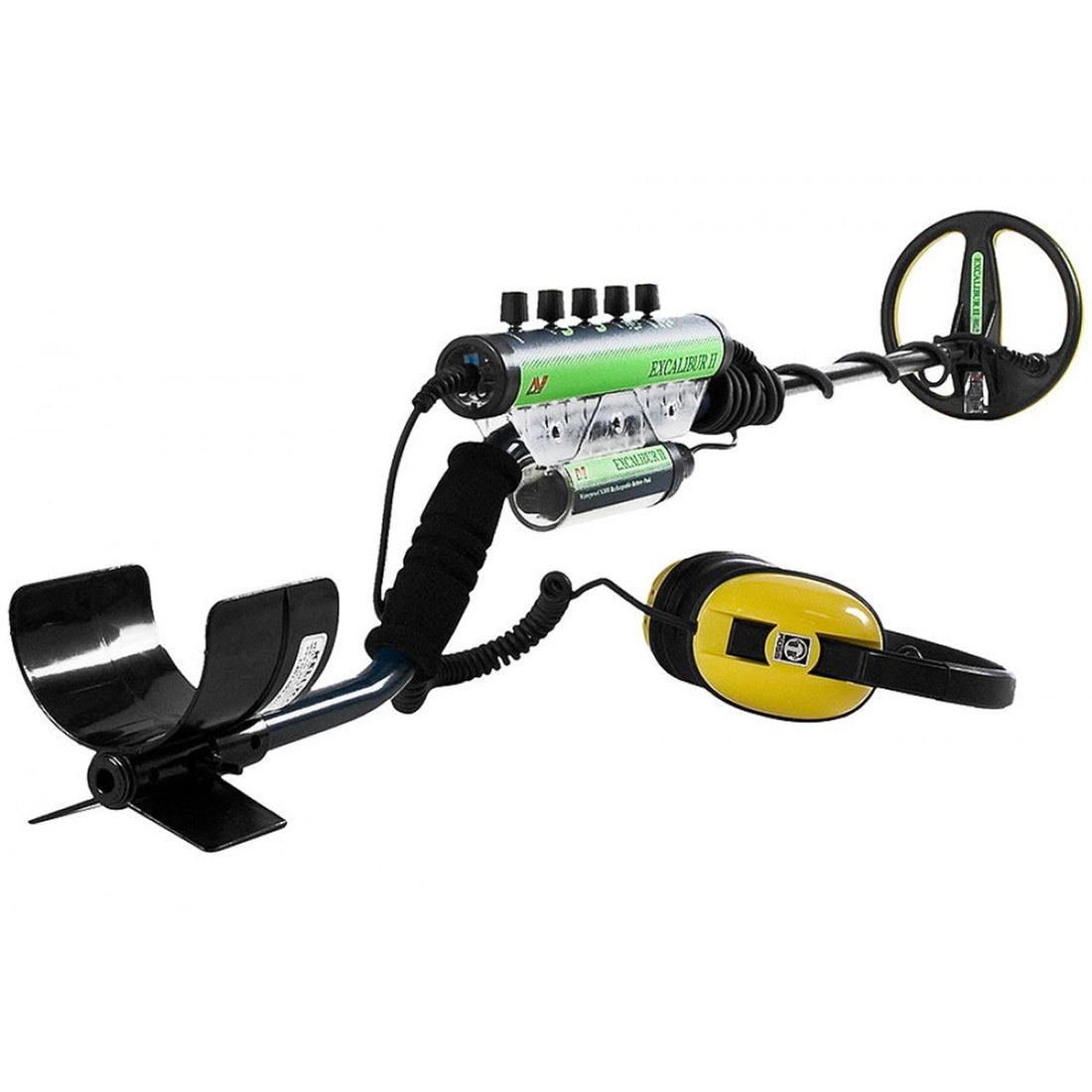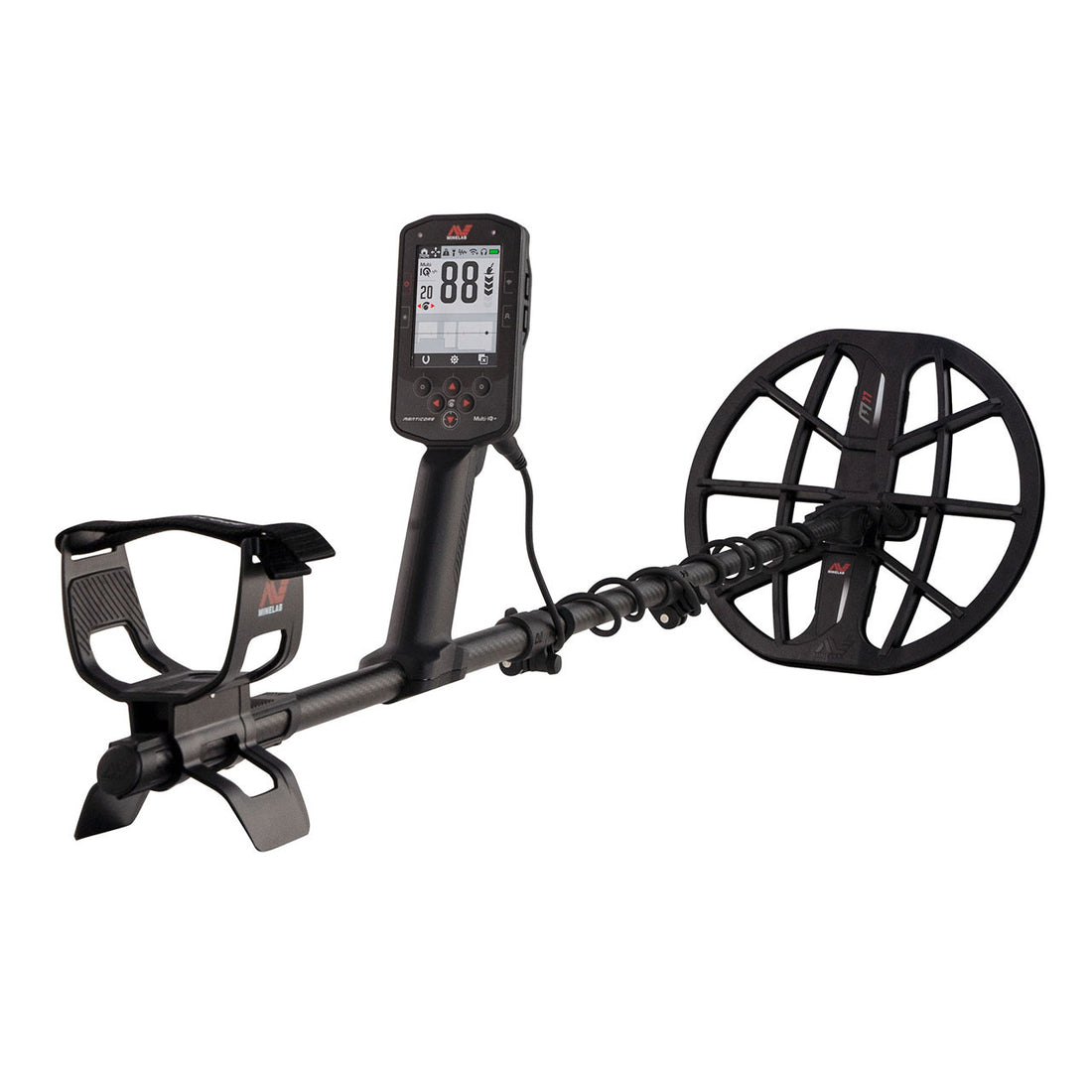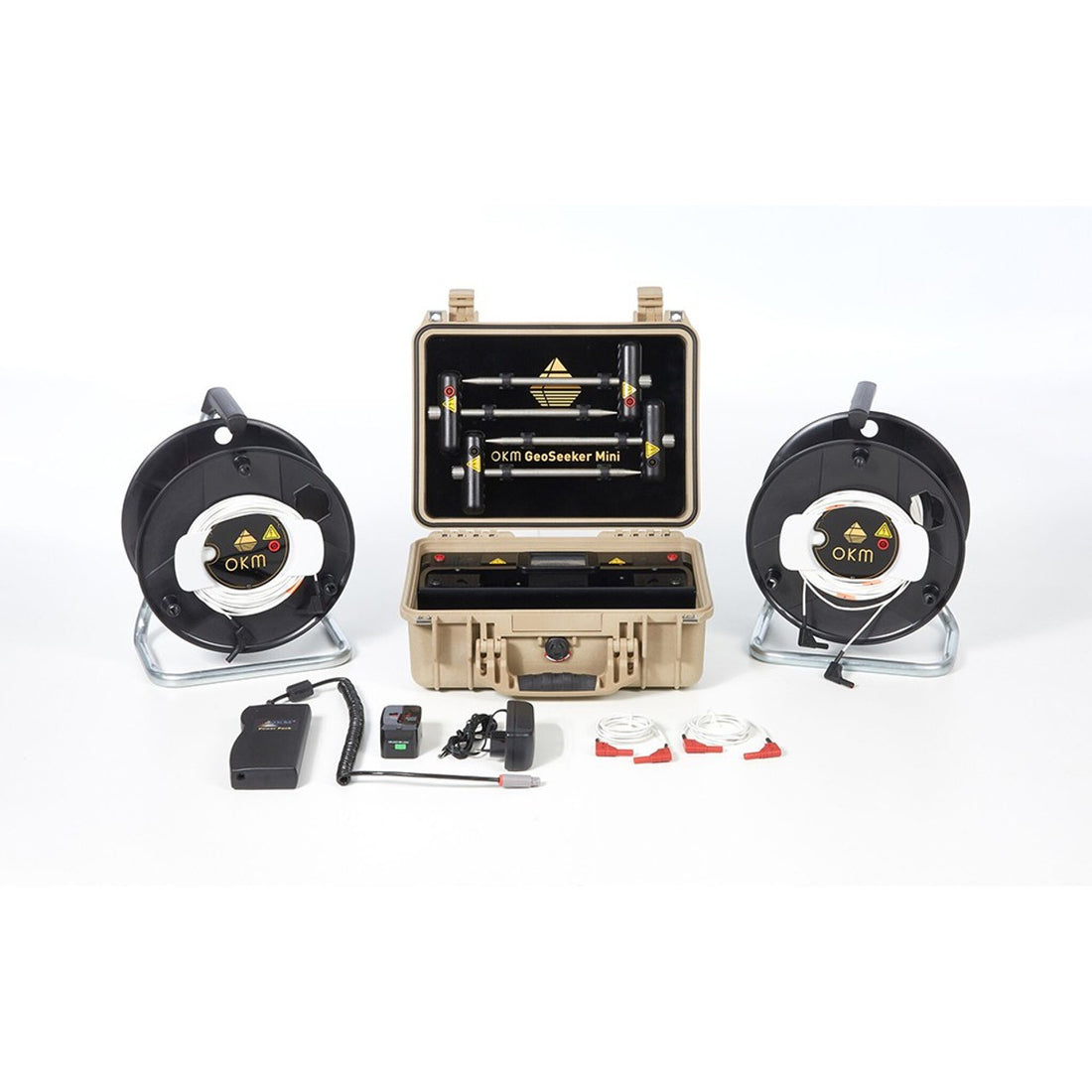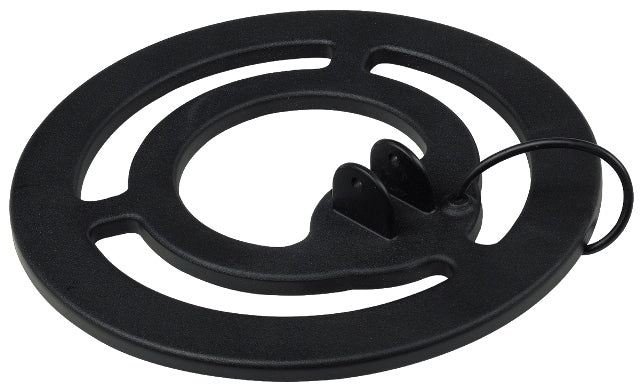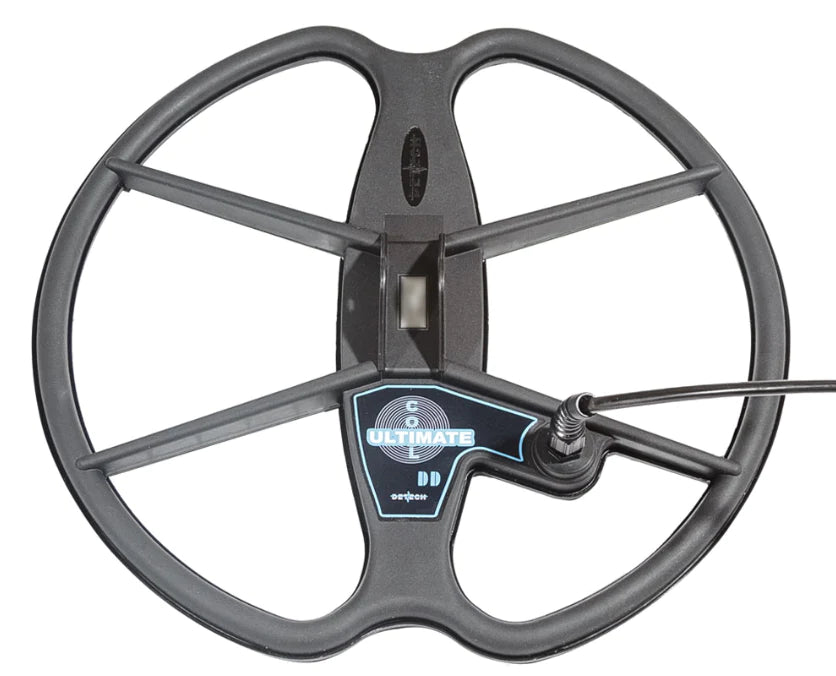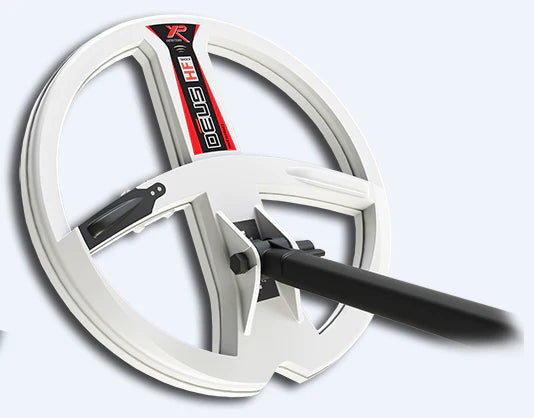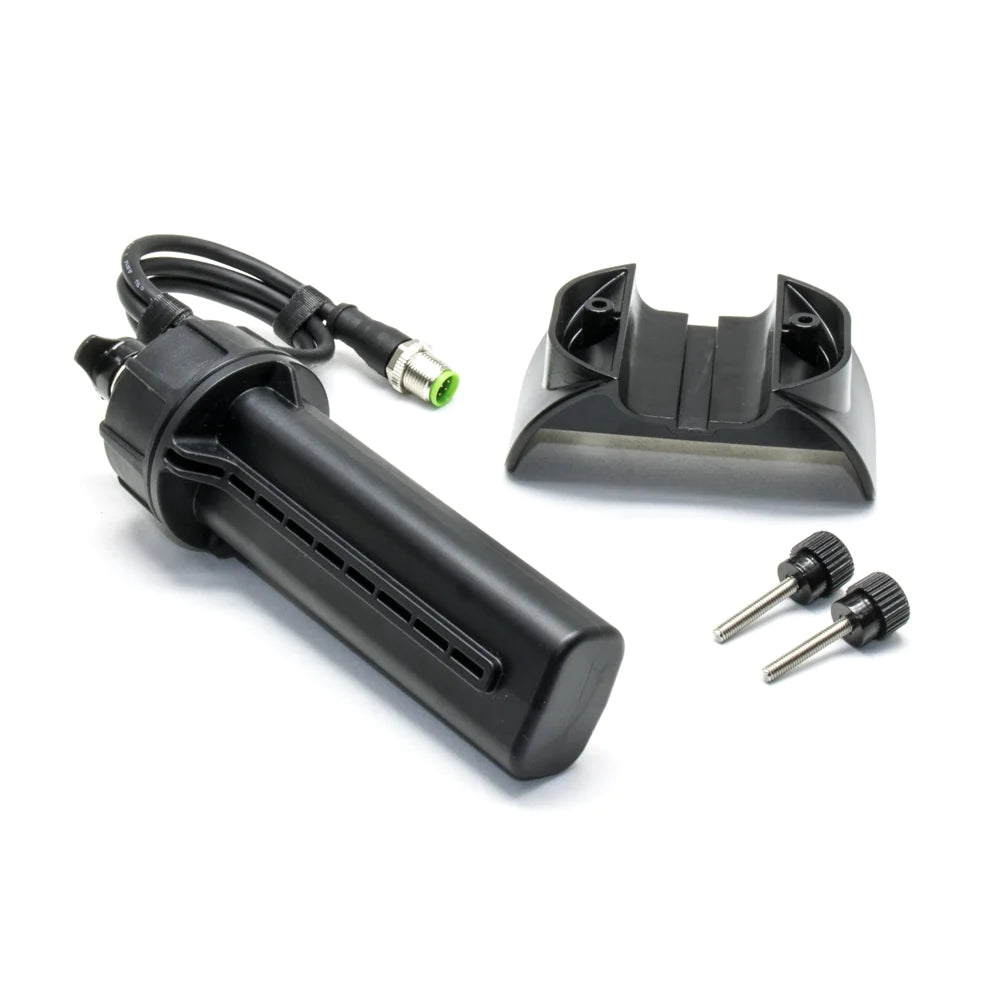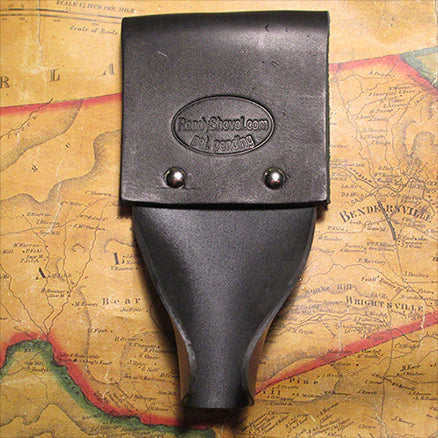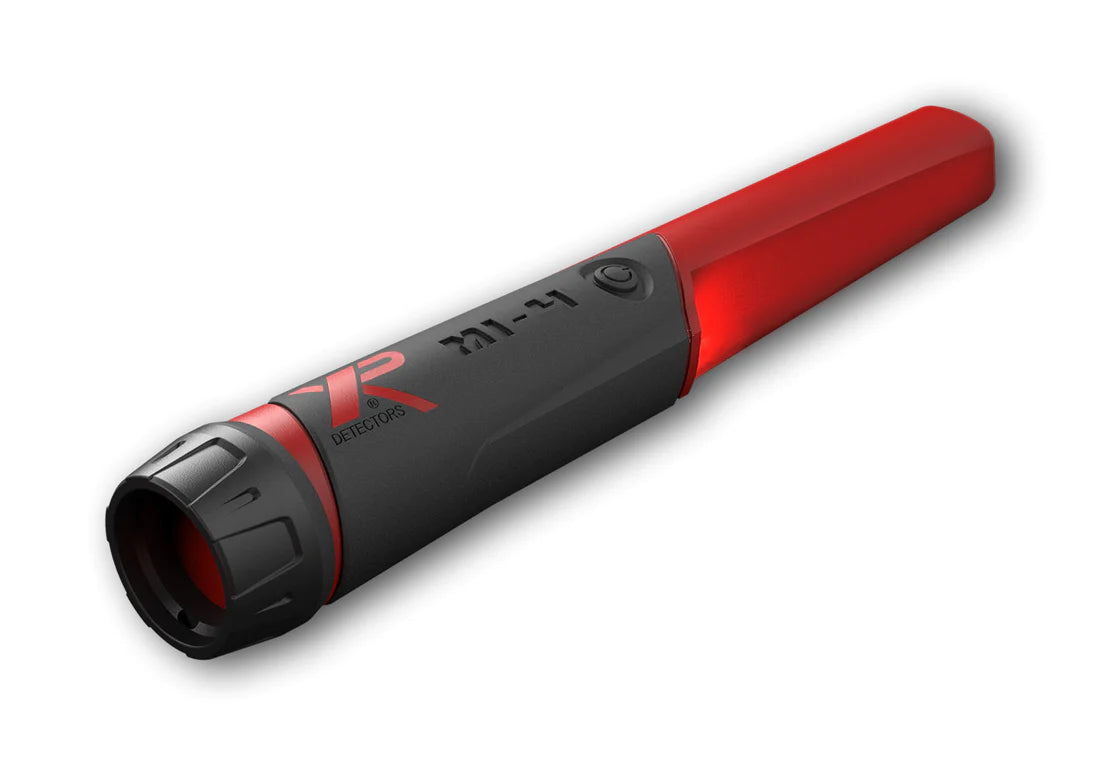Is It Time to Repair or Replace That Item?
Is It Time to Repair or Replace That Item?
by Daniel Bernzweig
In some cases, deciding whether to repair or replace an item can be a difficult decision. There will be factors such as cost, value, and concerns about the waste that will need to be considered.
You'll know an item no longer serves its purpose if :
- It breaks frequently and is expensive to repair
- You never use it or rarely use it, even though you own it
- It is no longer valuable to you or has no more use to you
- It is unsafe to use or poses a health hazard
In this article, we'll discuss knowing when to repair or replace an item. Additionally, we'll include a list of questions to ask yourself to make a wise choice.
General Tips
A few good general rules of thumb for how to determine whether something should be repaired or replaced include:
- The 50 Rule - If the repair cost is more than half the cost of the item's value, then it may be time to replace it.
- The Item's Relevance - If you haven't used an item in a year and expect not to use it again, get rid of it.
- The Cost of Repair - If it's broken and can be repaired, but the cost of repairs outweighs the cost of replacement, then it may be ready to give away or thrown out.
- Consider the Age of the Item - Do you have an older unit or an old car? Does it work? If not, then definitely consider a replacement.
- The Job Required to Repair - Do you know how to fix the item in question? Often, I will buy a few extra parts for an item if I think they break easily; this way, it's easier to repair myself next time.
Understanding what items can be successfully repaired can also be beneficial from a hobbyist perspective. For example, items found in repairable condition may be refurbished, stripped of parts, or recycled. For more information, check out some related posts about refurbishing found items.
Clothing
Clothing like shoes, hats, gloves, sweaters, or jackets that are damaged beyond repair may be recycled. Clothing items with rips and tears could be sewn back together. Some clothing items can also be altered to a more desirable size if they no longer fit the wearer well.
Repair
Factors to consider when repairing clothes include the current condition of the item, age, cost to repair, value, and time it would take for an item to be fixed. For example, if a sweater is dirty, but all seams are intact, it could probably be hand-washed or dry-cleaned to remove any dirt. If the size no longer fits well, it could be altered instead of repaired.
Replace
Factors that may indicate that an item should be replaced include holes beyond mending, large tears in fabrics irreparable by hand sewing or machine stitching because the fabric has frayed too much to hold together, and items that have lost their shape due to lots of wear and tear. Consider the age of the item in comparison to its style. If it is no longer being sold at stores, consider replacing it with a similar, more modern version.
Electronics
An electronic device like a computer, television and DVD player may be expensive to repair. These items can still serve a purpose after a major malfunction occurs. However, minor malfunctions, such as a computer with dents or scratches or a television's inability to detect input from its remote control,l could mean that it is time for the item to be replaced.
Replace
Electronics, like computers, metal detectors, televisions, and DVD players, maybe expensive repairs. Consider the age of the item in comparison to its style. If it is no longer being sold at stores, consider replacing it with a similar, more modern version.
Repair
Some electronics can be repaired if they're still under warranty or have been found for free, and the repair isn't more than 50% of the value.
Large Appliances
Large appliances like:
- Ovens
- A washing machine
- Furnaces
- Air conditioning systems
- Refrigerators
- Dishwashers
- A water heater
- Heat pump, and
- Dryers are not cost-effective to repair.
You'll need to consider the overall value, potentially extended downtime, and whether they're still under warranty or if they're hard to get parts for. For example, an air conditioner may no longer use the current coolant version that is available for purchase. Or parts for a furnace may no longer be available. In the end, if it's not cost-effective to repair, you'll be better off replacing them. Newer appliances typically provide energy savings that may outweigh the cost of replacement. Older equipment and old appliances will often be outdated and discontinued, so in these cases, replacement may be the only option.
Repair
Large appliance repair should be considered if it is still under warranty and the cost of the part is less than 50% of its new price. If they're not under warranty, simple repairs may be worth it if the appliance is rare or hard to find parts for. For example, if you recently purchased a stove, it may still be under warranty, and you'll likely be able to get parts from the manufacturer.
Some additional items to consider include:
- Annual fuel utilization efficiency of furnaces and air conditioners
- Refrigerant usage and cost
- How well an existing system’s air circulates
- The cost of new installation vs. repair services
- Operating costs
- Optional air quality accessories and their cost
- Water heater repair may not make sense based on the useful lifespan of the system
The warranty details are important to consider as well. Warranties on appliances in the United States will vary from one brand to the next. For example, the Whirlpool Corporation has extended its warranty coverage to cover all parts and labor for ten years or 100,000 cycles, whichever occurs first. In other words, you will be covered if your appliance breaks down after five years, but not if it breaks down after six months.
Replace
When replacing appliances, ensure that you buy one with similar or greater energy efficiency or water efficiency. You'll need to consider replacing appliances if they have broken devices or are unsafe to use. Air conditioners that are worsening indoor air quality should be replaced, so consider contacting indoor air cleaners or indoor air quality specialists for testing.
The seasonal energy efficiency ratio or SEER rating system was developed by the U.S. Energy Department to help consumers make informed decisions when buying new appliances. The SEER rating is based on the amount of electricity used over time. In addition to the appliance's size, they also consider its operating hours. For example, a refrigerator with a SEER rating of 10 uses up to 10 times less energy than one with a SEER rating of 1.
For a dishwasher, a broken appliance door that won't open is a good reason for replacement. For a stove, if the model has been discontinued and parts are hard to acquire, it may be time for a replacement.
Home
If your home has a septic system, these repairs can add up quickly. It is important to understand the location and condition of your system. A septic service can handle routine maintenance and scheduled pumping of your septic tank. If you run into trouble with your system, you will need to get an estimate for the repair. Compare this to the expected useful life of the existing system versus the cost of replacing the system before moving forward with your fix. Using a metal detector to pinpoint your septic tank is a good first start.
Large-scale home repairs, such as fixing utility lines, require specialized equipment such as industrial metal detectors. There are many instances where the costs of repairing the damage caused by a leak can be quite high. Water leaks in your home or business can cause a great deal of damage, and the cost to repair the damage can be very high.
Detecting underground water leaks will also require industrial tools.
Automobiles
Automobiles are a much larger expense and can have issues much more often than other items on this list. It's good to look up the estimated cost of new models for comparison and consider if it would be more cost-effective to get a used model of the same make and model.
Some additional things you’ll need to consider when deciding whether to repair or replace your car include:
- Monthly maintenance costs
- Consumer reports on current or replacement vehicles
- Annual maintenance
- The vehicle's value and any amount still owed
- Any immediate or future maintenance needs
- Warranties and insurance claims
Repair
Repairing your car should be considered if the repair bill will be less than 50% of the car's value. Additionally, if you don't have regular enough income for a new car or car payment, repair may be your only option. Consider the repair and replacement part costs vs. the car’s value. Another thing to consider is the maintenance cost for repairs that aren’t immediately needed. For example, it may be costly to schedule service to maintain a car that uses oil excessively if funds for repairing it aren’t readily available.
Replace
You'll know it's time to replace your vehicle if the repairs are major, exceeding more than half of the car's value. Consider the replacement cost of your automobile. If your vehicle has been discontinued and you can't find cheap parts for it, you will likely need to replace your vehicle.
Roofing
Roofing is a major expense. If you regularly monitor your roof for roof damage and be sure it is in good condition, it may be more cost-effective to replace your roofing material than repair it. Additionally, if your shingles are over 20-25 years old, you should consider roof replacement.
Repair
Consider repairing your roof if the needed repairs are small, such as replacing a shingle or fixing an area of damaged roofing. Even if the damage is big, you may want to opt for repairing rather than replacing your entire roof.
Replace
A roof's age is certainly an important factor to consider when deciding whether or not it should be replaced. In general, if you have a roof older than 20-25 years, you may want to consider replacing the entire roof. In addition, you should consider the size of the area that needs repair and compare it to the size of the area that would need to be covered when a new roof is installed.
Flooring
Flooring like carpet, tile, vinyl, hardwood, and laminate are other items that may need to be replaced over time. Carpet accumulates dirt, dust, animal hair, and dander over time, making it harder for you to keep clean.
Repair
If your flooring is still in good shape but just needs to be cleaned, consider steam cleaning or shampooing. For stained or damaged areas, you can either replace the flooring tile with a new tile or go ahead and replace the entire flooring piece if there is extensive damage.
Replace
The price of replacing a kitchen fixture is often less than the cost of trying to repair a complicated problem. For instance, if there is extensive breakage to a kitchen faucet, it might be less expensive just to purchase a new one rather than paying a plumber for parts and labor to fix it.
Bathroom Fixtures
Bathroom fixtures like counters, sinks, and tubs tend to wear out over time. Bathroom fixtures are often made of porcelain, which can chip and wear over time. The caulk around the shower or tub may need to be replaced if it starts to pull away from the walls, allowing water inside where it shouldn't be.
Repair
Repairing your bathroom fixtures may be the way to go if you're only experiencing cosmetic damage. To repair your flooring, you may be able to fill cracks in the grout lines or replace individual tiles. You can also clean up stains on counters or sinks.
Replace
If the damage is extensive, it may make more sense to purchase new bathroom fixtures rather than continue with repairs. If toilets or sinks are cracked or broken, they'll need to be replaced.
Kitchen Fixtures
Kitchen fixtures like cabinets and countertops can also be repaired or replaced depending on your need. You might choose to repair kitchen cabinets if they're only scuffed or dinged. For more severe damage, though, you'll probably want to replace them. With heavy equipment like refrigerators or ovens, you have to consider things like warranty and cost of parts. In cases where water is leaking through the floor above the cabinets, it might make more sense to remove all of the cabinets and fix whatever is causing the leak.
Replace
In many instances, replacing a kitchen fixture will cost less than attempting a complicated repair job. If there is extensive damage to a kitchen faucet, for instance, it may be cheaper just to purchase a new one rather than pay a plumber for parts and labor to fix it.
Repair
If your refrigerator or oven is not heating properly or has stopped working altogether, repairing these appliances may be more cost-effective than purchasing a new one every few years. Consider your kitchen appliance's age and condition and whether or not it is still under warranty.
© 2022 Detector Electronics Corp.

